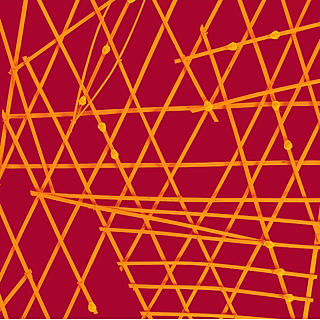The Stilt Walkers of Landes, France
- Admin
- Jul 29, 2017
- 2 min read
Until the early twentieth century (~1930s), when the practice began to peter out, shepherds of the Landes (Lat. 'planus', 'flat') department of France, south of Bordeaux, would traverse their vast moorland with the aid of long, wooden stilts.
The practice would beguile visitors to the region who described seeing strange, long-legged creatures scuttling across the horizon.
Although nobody is sure when the practice began, the earliest mention of the phenomenon dates to the eighteenth century.
At a typical pace, the wooden stilts allowed the Landes shepherds to travel at the same pace as a trotting horse, which greatly improved their ability to survey their distant flocks of sheep and the land which stretches out of sight.
According to an 1891 'Scientific American Supplement' article on the subject, were known in the Gascon dialect as "Tchangues", which means "big legs". The stilts measured around five feet in length, with a shoulder and strap to support the stilt walker's foot. The upper portion of the stilt is flat and rests against the leg, and is fastened by a strong strap. The bottom part is wider and was sometimes strengthened with a sheep bone.
The manoeuvrability of the Landes stilt walker surprised those who witnessed them, including the Empress Joséphine de Beauharnais who encountered the stilt walkers in 1808 on her way to meet Napoleon I in Bayonne.
The practice gained greater exposure when in 1891, a baker, Sylvain Dornon received international attention when he walked from his village in Landes to Paris, climbed the Eiffel Tower in them, and subsequently walked the almost 2,000 miles to his final destination in Moscow. The journey took 58 days in total.
Unfortunately, the stilt walking shepherds of the Landes region have long since disappeared from the landscape, but the fact that the practice remained alive until the 1930s, when they were still used by local postmen, reveals just how rural and variegated a country France remained until relatively recent times.

































Comments